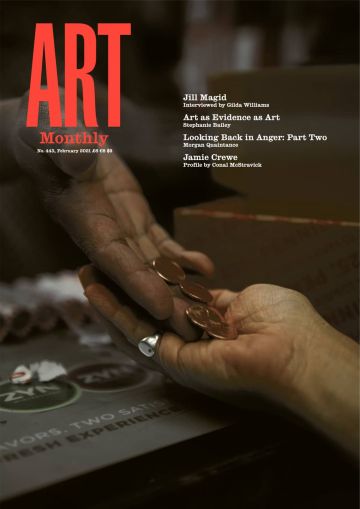Art Monthly 443
February 2021
Jill Magid
Interviewed by Gilda Williams
Art as Evidence as Art
Stephanie Bailey
Looking Back in Anger: Part Two
Morgan Quaintance
Jamie Crewe
Profile by Conal McStravick
Buy Now – select:
Want to read this right now?
Get instant access to the entire back catalogue via Exact Editions from only £8.99!
Contents
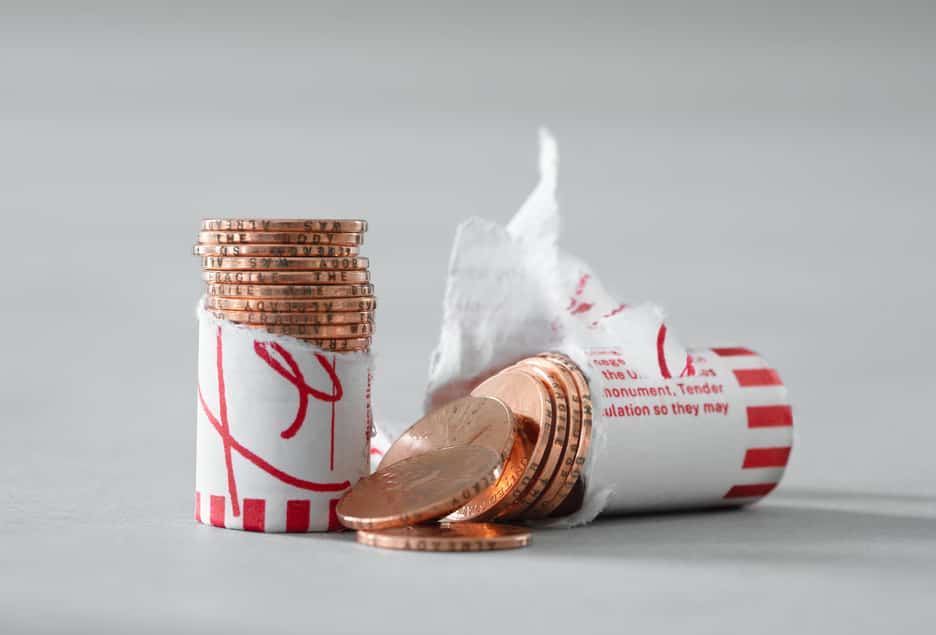
Jill Magid, Tender, 2020
Feature
The Other Woman
Jill Magid interviewed by Gilda Williams
Like all my projects, in Tender I subverted one element within a larger system. During the current Covid-19 pandemic, a coin shortage developed in the US so the US Mint began overproducing coins. The coin shortage, like the Tender coins, became an artefact of Covid.
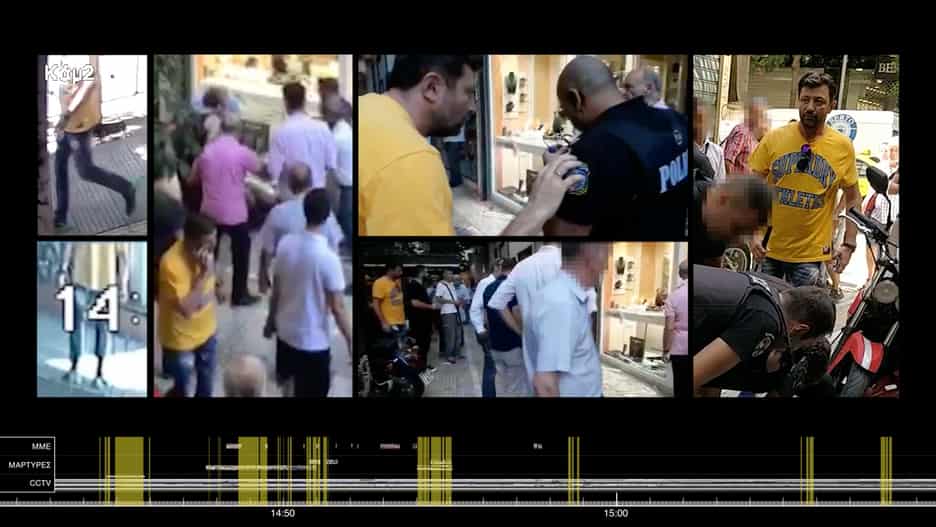
Forensic Architecture, The Killing of Zak Kostopoulos, 2018
Feature
Art as Evidence as Art
Stephanie Bailey asks whether Forensic Architecture’s artworks raise further questions about the continuing violence of colonial democracies
What is notable about Forensic Architecture’s contribution to the cases of Pavlos Fyssas and Zak Kostopoulos is the intent to uncover, beyond the causal relationship between perpetrator and victim, ‘longer histories of oppression and injustice’.
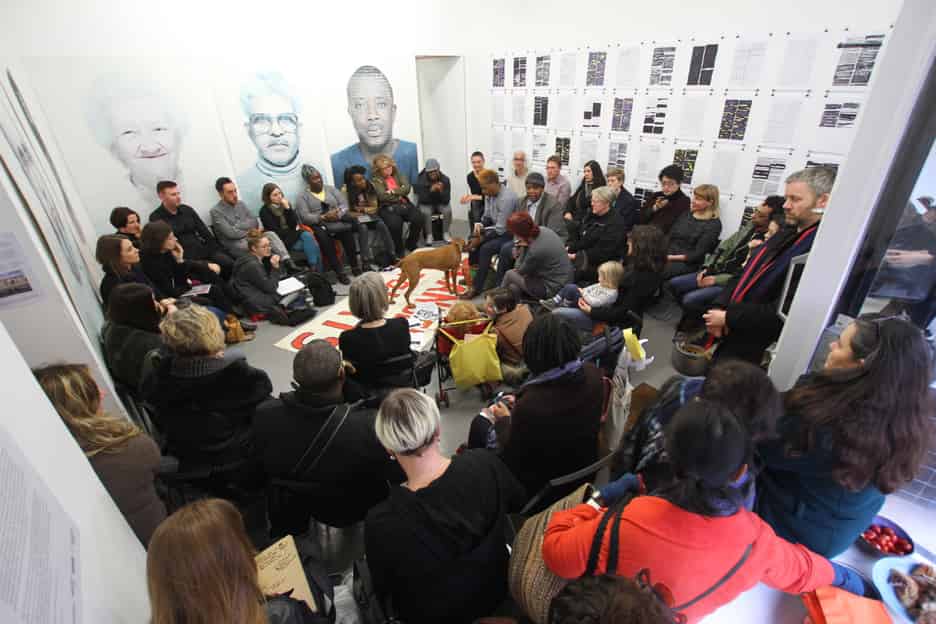
Fugitive Images, final event of ‘Real Estates’, 2015
Peer, London
Feature
Looking Back in Anger: Part Two
Morgan Quaintance on the art world’s scramble to co-opt marginalised voices without addressing structural inequalities
The entire philanthropic exercise sets up a relational dynamic of social inequality, between the munificent (sovereign) and the needy (supplicant). Such a fundamental imbalance at the sector’s core fosters an attitude of unflinching reverence for hierarchy and exclusivity.
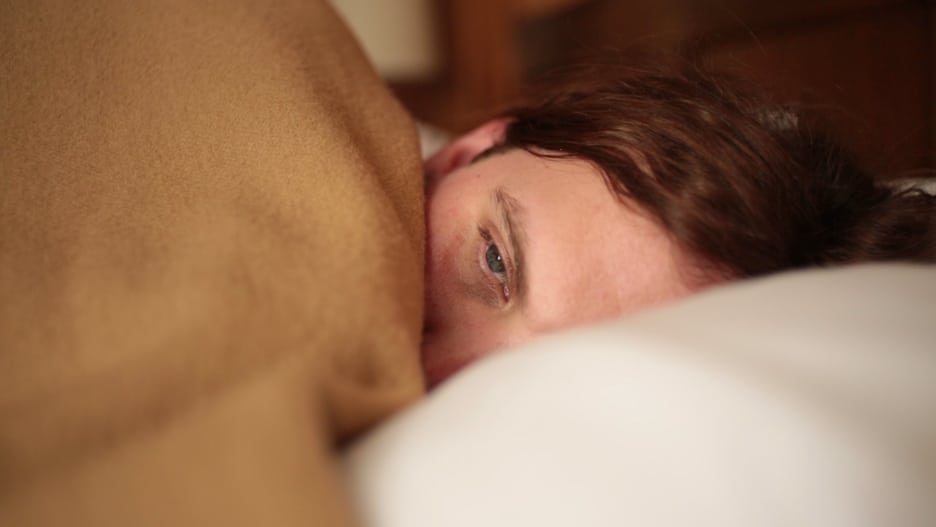
Jamie Crewe, Ashley, 2020
Profile
Jamie Crewe
Conal McStravick celebrates the Glasgow artist’s critique of heterosexism that goes beyond art as identity
Spanning almost a decade, Jamie Crewe’s work is one of building communities which share an archive of images, feelings and gestures, and which share these as tools for radical or even pastoral and collaborative care.
Editorial
The ‘F’ word
The horrors of the mid 20th century left many historians hesitant to describe more recent political turns as fascism, but that dam has now burst. To understand these latest travesties, however, we must finally face bitter foundational histories on both sides of the Atlantic.
The impact of the 1772 London High Court ruling reverberated in America among slave-owners in the southern states and it was chiefly in order to preserve the institution of slavery, which they now perceived as being under threat from Britain, that they threw their weight behind the revolutionaries.
Letter
Art and Resistance
Hannah Collins and Paul Goodwin argue for a new approach to presenting work from marginalised cultures
While British black artists today continue to be faced with false and partial truths about past histories, the job of showing 20th-century art has yet to give agency to the artists and cultures that produced these abstract truths.
Artnotes
Lockdown Redux
Galleries open then close again as the third UK lockdown follows hot on the heels of the second; the Conservative government reveals its priorities by drafting new laws to protect monuments; political artist Tania Bruguera is placed under house arrest in Cuba; the curator of a cancelled Forensic Architecture exhibition in Miami cries censorship at the university gallery; the German art world calls for the country’s parliament to reverse its ban on the BDS movement; more UK Covid-19 emergency arts funding is announced; Tate declares that it will axe a further 8% of its workforce; plus the latest on galleries, people, prizes and more.
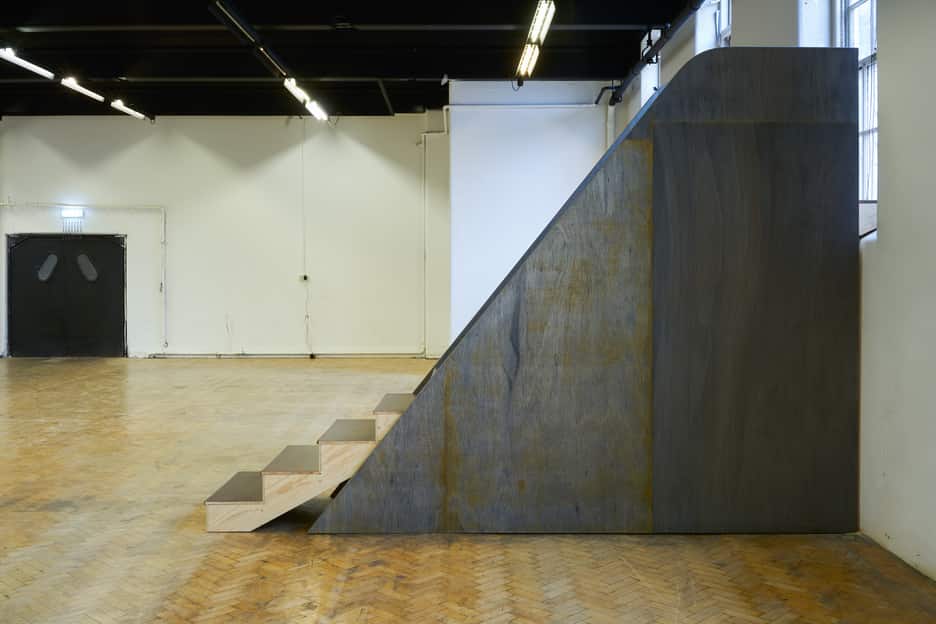
Abbas Zahedi, ‘Ouranophobia SW3’,
General Release, London
Exhibitions
Anne Tallentire: As happens
Hollybush Gardens, London
Tom Denman
Abbas Zahedi: Ouranophobia SW3
General Release, London
Chloe Carroll
Nick Hornby: Zygotes and Confessions
Mostyn, Llandudno
Alexander Massouras
Yuri Pattison: the engine
Douglas Hyde Gallery, Dublin
John Graham
Artists’ Books
Candice Purwin: Idle Women on the Water
Sarah Perks
It’s a real highlight to find out about academic Silvia Federici’s visit to the project, where she shared her groundbreaking work on renewed witch-hunting as a direct consequence of capitalism – all while mashing potatoes ‘like a boss’.
Ascendants: Bauhaus Handprints Collected by László Moholy-Nagy
Sam Dolbear
These Bauhaus handprints reflect a tradition of indexing a relation between the hand and work, just as August Sander constructed an index of body and class in Face of our Time, 1929.
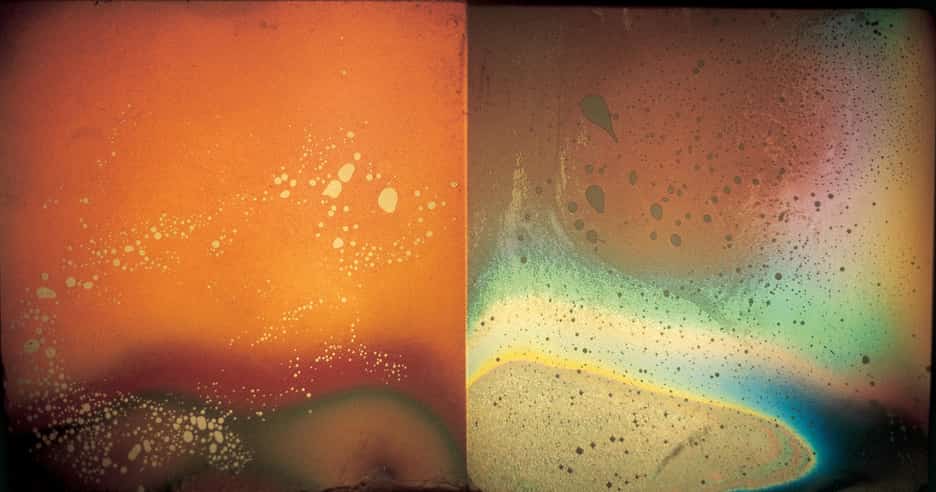
Gustav Metzger, Liquid Crystal Environment, 1965
Books
Gustav Metzger Writings (1953–2016)
Andrew Wilson
The book shines a light not only by its structure but also through a number of self-examining texts by Gustav Metzger on moments within his life where he effectively fell from sight and then reappeared, renewed – and perhaps each time as a contemporary artist focused on the urgent issues of that time.
David Levi Strauss: Photography and Belief
Jörg Colberg: Photography’s Neoliberal Realism
Stephanie Schwartz
Evidence of fakery is something of a red herring. The problem is not that we might believe what we see on the pages of fashion magazines or in the museum, it is that we believe that we are seeing nothing – that there is no message to be seen, to be read or channelled.
Dan Hicks: The Brutish Museums – The Benin Bronzes, Colonial Violence and Cultural Restitution
George Vasey
Dan Hicks suggests that knowledge formed through the museum is a type of necrology, or death history. In this sense, objects become ‘unfinished events’ and the necrographer (curator) must trace how objects came into collections. In other words, we need to care for people more than objects, and excavate the histories of death and destruction that accompany the acquisition of these artefacts.
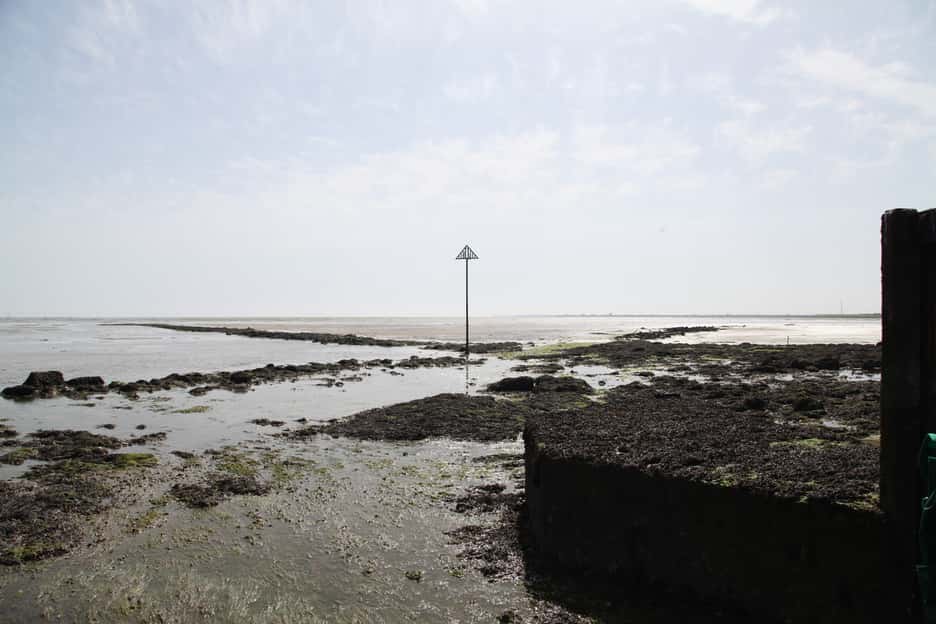
James Ravinet, Thames Estuary, 2020
Reports
Collaboration over Competition
Emma Edmondson and Warren Harper argue that smaller arts organisations might work together to survive
Our collaborative model is lichen-like, an experiment with the natural order of business as usual. Lichen is a specialist at surviving in harsh conditions through collaboration, a role model for small arts organisations like ours.
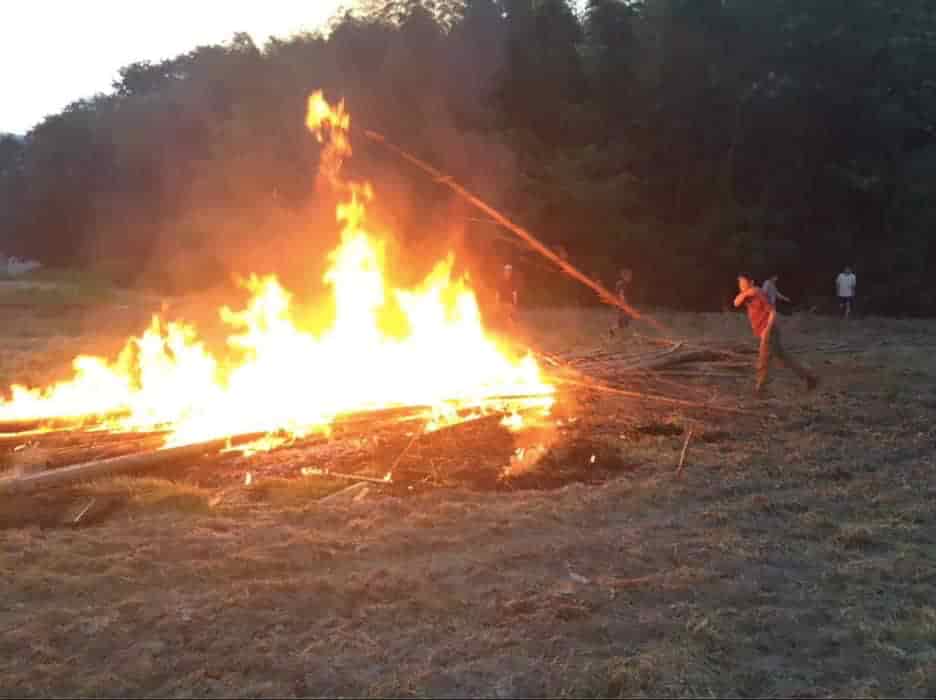
Tori Kudo, Archive, 2020
Cafe Oto
Adapting to the Pandemic
Lauren Velvick reports on how three organisations that support experimental and cross-discplinary work have developed new ways of programming in response to the Covid-19 crisis
While it isn’t helpful to pit different types of artist or organisation against one another in a competition over who has had it toughest, it is notable that these organisations’ pre-pandemic programmes were dominated by the kind of public events that have been rendered impossible since the pandemic hit the UK in March 2020.
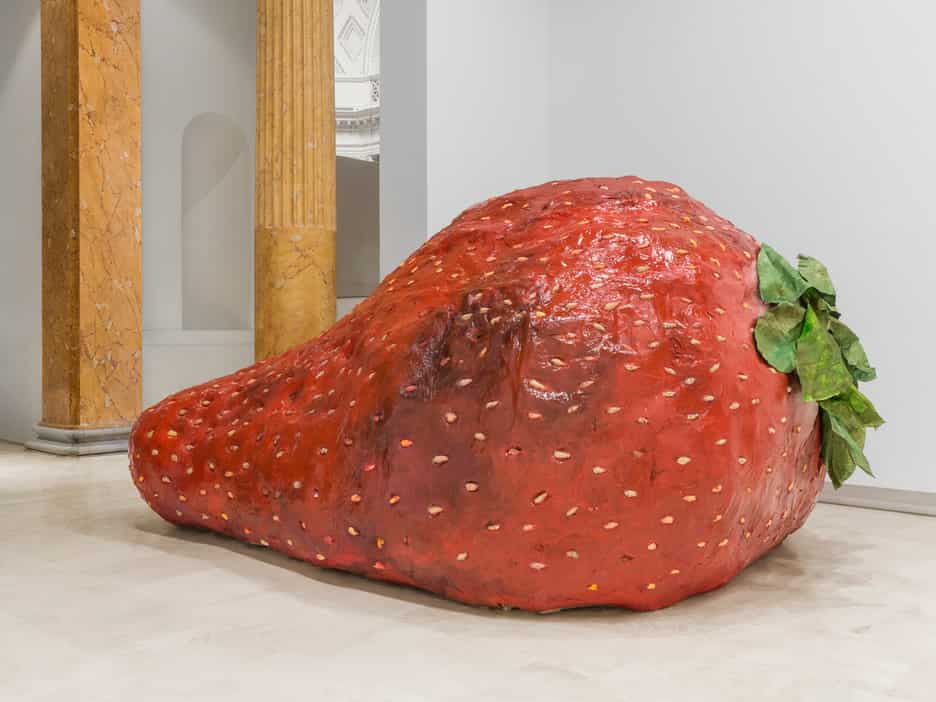
Valerio Nicolai, Captain Strawberry, 2020
Letter from Rome
Memory Game
Agnieszka Gratza
Eschewing an overarching thematic approach, despite the presence of some loose and not entirely convincing thematic strands, this edition of the Quadriennale privileged feminist as well as queer voices, and put both well-known and lesser-known female artists centre stage.
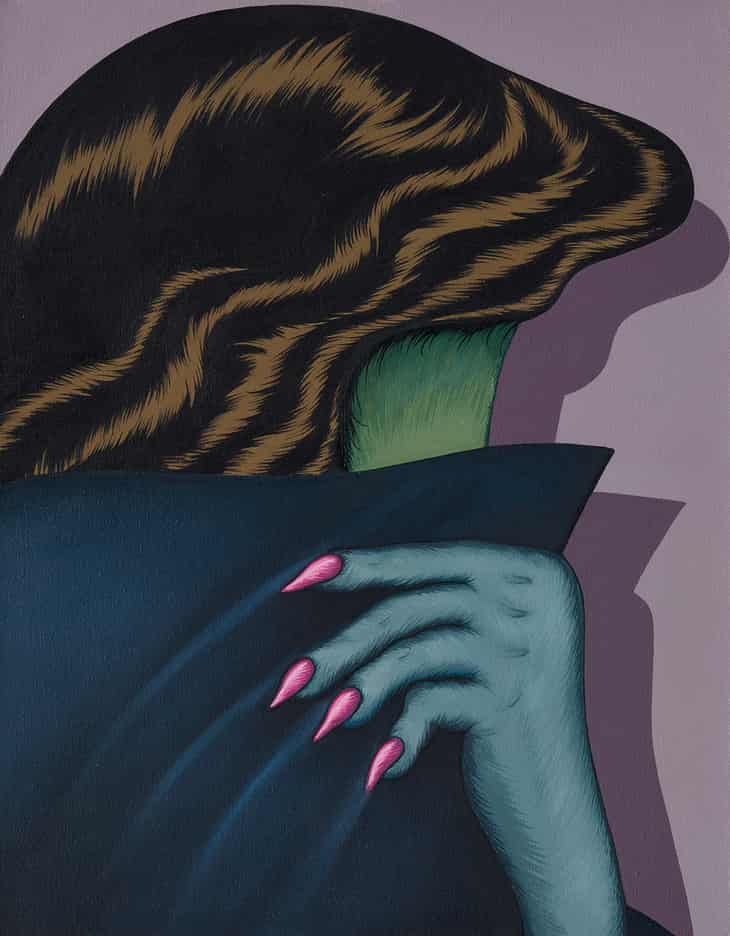
Julie Curtiss, Witch, 2017
estimated at £50,000, sold for £162,500
Salerooms
A Pandemic Chronology
Colin Gleadell
The perception that internet sales could not breach the high-end million-dollars-plus barrier was still there, but the online auction floodgates had opened.
Artlaw
Brexit Begins
Henry Lydiate
As UK-based artists, art businesses and art institutions grapple with the complex post-Brexit landscape, initial beneficiaries dealing with what currently appear to be mountains of new ‘red tape’ are likely to be specialist art import/export agents, transporters, consultants, accountants and lawyers paid to advise and assist.

